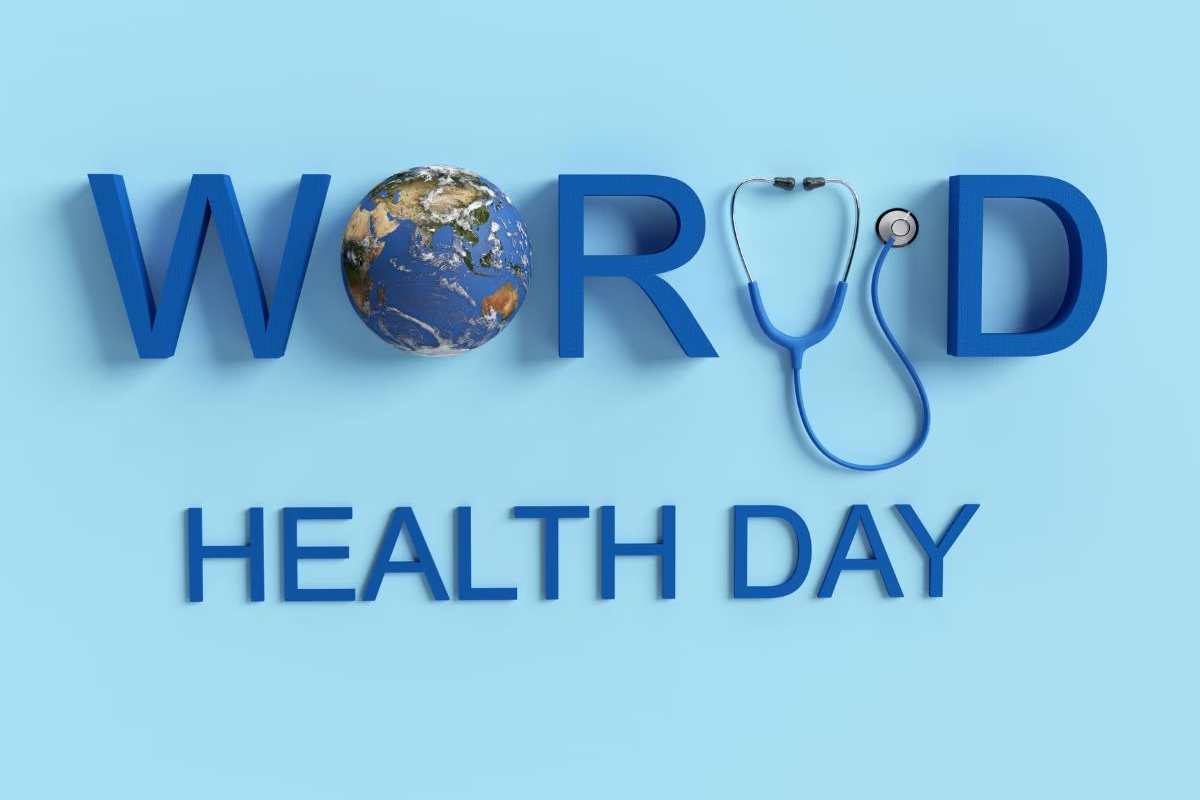Table of Contents
World Health Day 2025
Every April 7, the World Health Organization (WHO) and its friends around the world celebrate World Health Day. They shine a light on big health problems to get everyone talking and acting. In 2025, the focus is on moms and babies—things like safe pregnancies and healthy newborns. The theme is “Healthy Beginnings, Hopeful Futures.” It’s all about giving kids the best start so they (and the whole world) can have brighter tomorrows.
A Quick History Lesson
World Health Day started in 1950, just two years after WHO was created on April 7, 1948. The goal? Pick one health issue each year and push for real change. This 2025 theme is special—it’s the first one centered on moms and newborns since 2005. It’s like a comeback to remind us how important these early days are.
What’s the 2025 Theme All About?
“Healthy Beginnings, Hopeful Futures” is a big push for better care for women from pregnancy through the first five years of their baby’s life. It’s a year-long effort (starting April 7, 2025) that teams up governments, doctors, nonprofits, and communities. The plan? Cut down on deaths that we can prevent by improving check-ups, support systems, and sharing tips across countries. Think better prenatal visits, safe births, and help for new families.
Why It Matters: The Scary Stats on Moms and Babies
Sadly, the numbers show we still have a long way to go:
- Around 260,000 women die each year from pregnancy or childbirth issues. That’s one death every two minutes!
- Over 2 million babies die in their first month of life, and another 2 million are stillborn (born sleeping). That’s like one preventable death every 7 seconds.
Good news: Things are getting better. Since 2000, mom deaths dropped 40%, and newborn deaths fell 30%. But it’s not even everywhere—four out of five countries won’t hit the 2030 goal to end these deaths, and one in three will miss newborn targets.
What Does the Campaign Want to Do?
The 2025 push has clear goals:
- Raise Awareness: Get the word out about these preventable deaths and how to stop them.
- Push for Money: Ask governments and big donors to spend on life-saving stuff like better clinics and training.
- Team Up for Action: Focus on key helps like:
- Check-ups before and after birth.
- Trained helpers for safe deliveries.
- Spotting and fixing problems fast.
- Mental health support for moms.
- Good food and family planning.
It also wants to teach women, families, and doctors about safe pregnancies, births, and baby care.
Tools and Messages from WHO
WHO gives out a free toolkit with posters, videos, and tips to spread the word. Key ideas include:
- Give women power to make choices for healthier pregnancies—it leads to happier families.
- Care isn’t just about surviving—it’s about kindness, respect, and mental health help after birth.
- Invest in big things like:
- 8+ prenatal visits with scans to catch issues early.
- Newborn help like breathing aids, germ protection, and breastfeeding support.
- More trained midwives and stronger local health centers.
Special attention goes to poor countries and places hit by wars or disasters, where risks are highest.
Why It’s a Smart Investment
Spending on mom and baby health pays off big:
- Every $1 you put in can bring back $9–$20 in healthier people and stronger economies.
- It builds smarter kids, more workers, and fewer sick days later in life.
Wins Around the World
Some spots are crushing it! In Southeast Asia, since 2010:
- Mom death rates dropped 53%.
- Newborn deaths fell 44%.
- Stillbirths down 39%.
- Kid deaths under 5 decreased 49%.
But over 100 countries are still behind, especially in tough spots like war zones.
Teaming Up for Change
WHO isn’t alone—they work with:
- UNICEF and UNFPA on the Every Woman Every Newborn Everywhere plan to help moms and babies globally.
- The WHO Foundation for money to start local programs.
- Nonprofits, governments, and health workers to fix problems in far-off areas.
Everyone’s Job in This
- Doctors and Nurses: Give full care—body and mind—during and after birth.
- Leaders: Make laws for paid time off, safe workplaces for pregnant women, and rights to plan families.
- Families and Communities: Fight shame around moms’ health, help them get to doctors, and cheer them on.
- You and Me: Share stories with #HopefulFutures and #HealthForAll. Host events, raise cash, or donate to mom health groups.
How Can You Jump In?
- Spread the Word: Post WHO’s free stuff online or join events (online or in person).
- Give Money: Donate to WHO Foundation for better clinics and tools.
- Tell Your Story: Share your pregnancy or parenting wins to inspire others.
What’s Next After 2025?
The big day is April 7, 2025, but the work lasts all year—and beyond. It helps hit the UN’s 2030 goals to end these deaths. Expect WHO to:
- Update rules for big issues like bleeding after birth or diseases during pregnancy.
- Train more midwives and push for mental health, family planning, and baby ICUs.
- Study new problems like climate change, wars, or outbreaks.
Final Call: Let’s Make It Happen Together
“Healthy Beginnings, Hopeful Futures” is a team shout to:
- Stop deaths we can prevent for moms and babies.
- Give women the tools and backup they deserve.
- Fix weak health systems and unfair gaps, especially for overlooked groups.
- Build a world with healthy families and growing communities.
It’s on all of us—small steps today mean big hope tomorrow!

